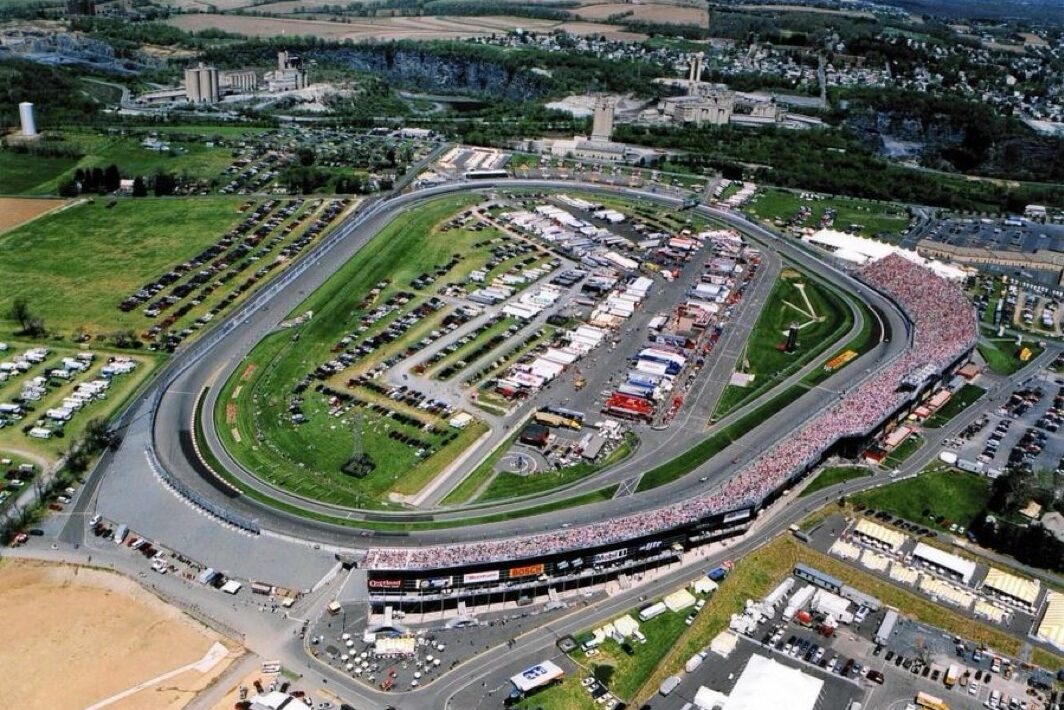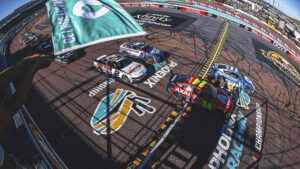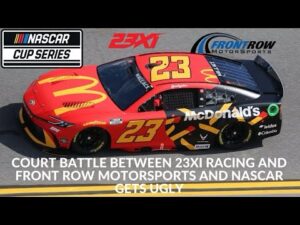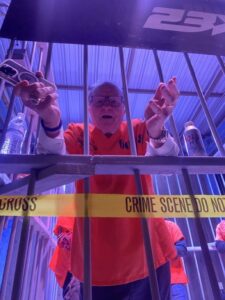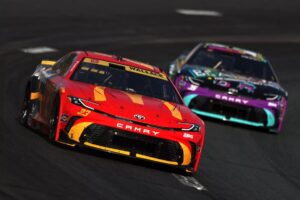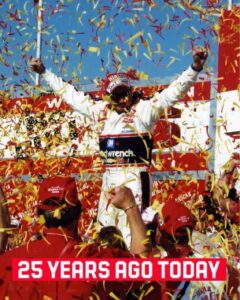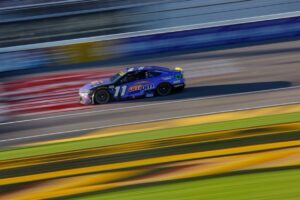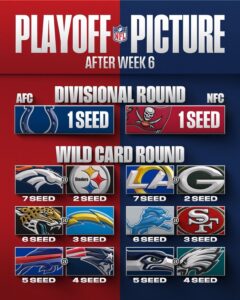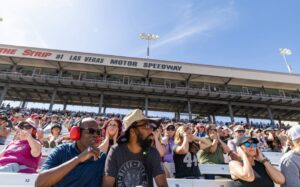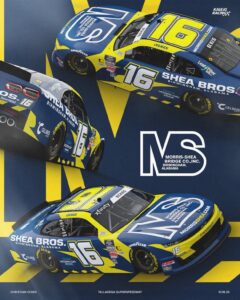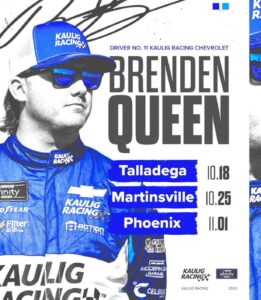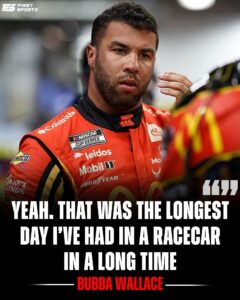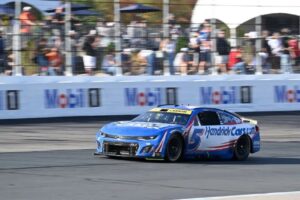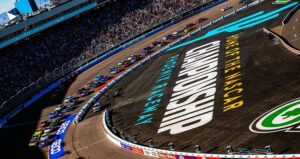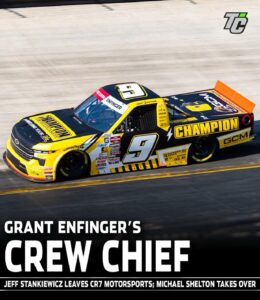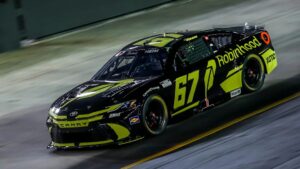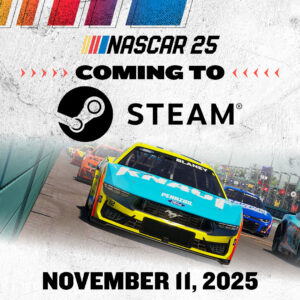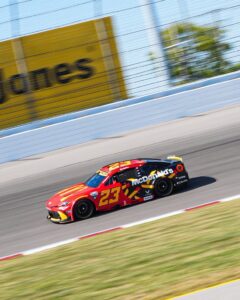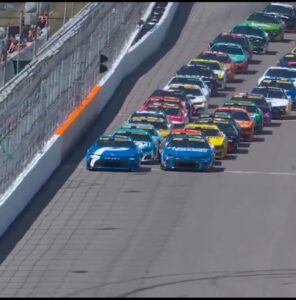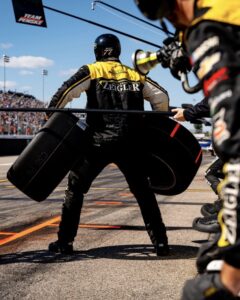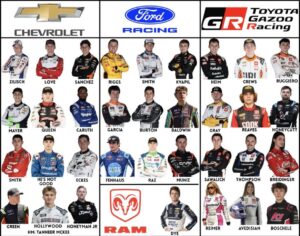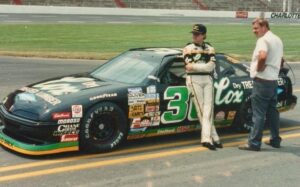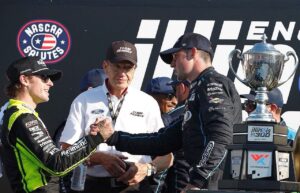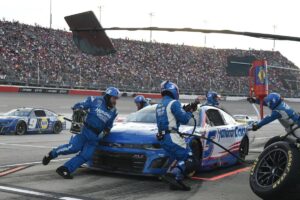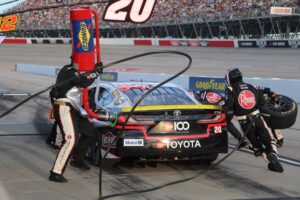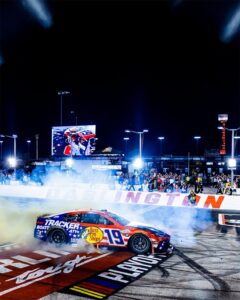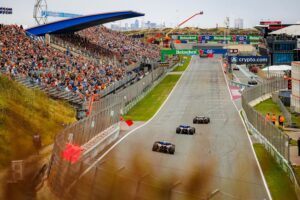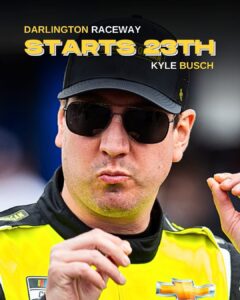In a move that’s turning heads and stirring debate, NASCAR has reportedly laid out plans to transform Philadelphia’s historic Franklin Field into a temporary NASCAR racing venue. The idea, first floated months ago and gaining traction recently, has many asking: Is this brilliant innovation—or a misfire in the making?
A Historic Stage for a High-Speed Show
Franklin Field, nestled on the campus of the University of Pennsylvania, is one of the oldest and most iconic stadiums in the United States. Built in 1895, it’s known for its deep collegiate roots, Olympic trials, and hosting the Penn Relays. It has never, however, been associated with racing. Until now.
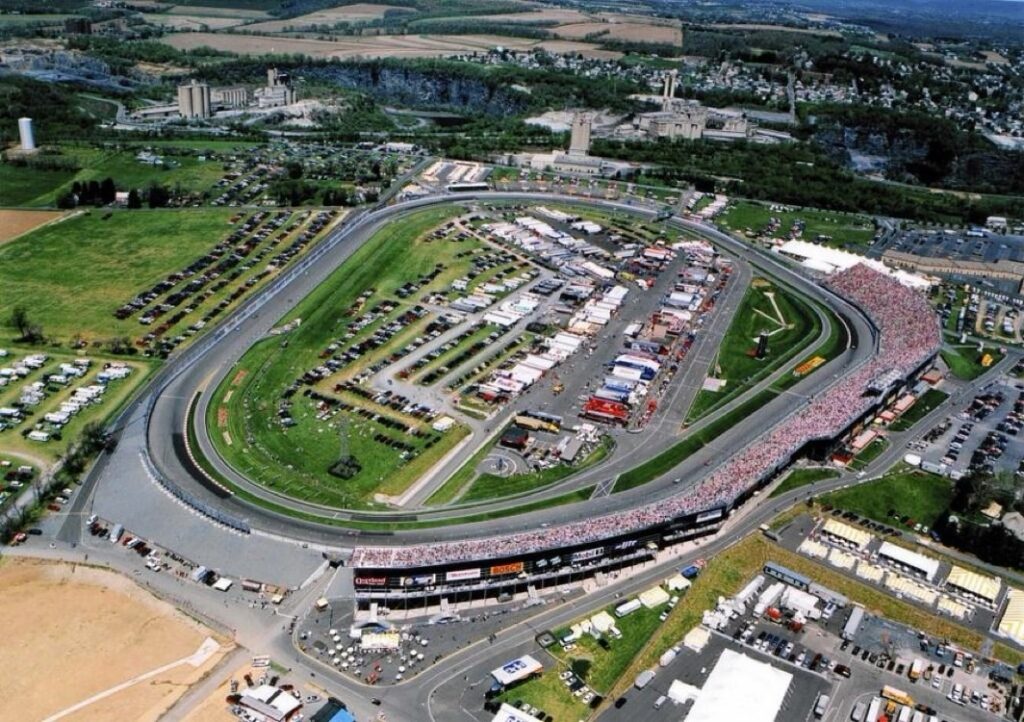
According to reports, NASCAR intends to convert the storied stadium into a short-track racing environment—part of its broader strategy to bring the sport into urban centers and closer to new audiences. It’s a dramatic pivot, both symbolically and logistically, but not entirely without precedent. NASCAR has already tested the waters with its successful (if controversial) Clash at the LA Coliseum, a temporary short track built inside a football stadium.
Why Franklin Field?
Philadelphia represents a major untapped market for NASCAR—dense, diverse, and largely outside the traditional Southeastern stronghold of stock car racing. Setting up in the heart of Philly would be a statement move: NASCAR is not just for the rural South or suburban sprawl anymore. It wants to be where the people are.
Franklin Field, with its historic clout and central location, is an unconventional but strategic pick. It adds heritage appeal and immediate recognizability. And with stadium-based short tracks proving viable from a logistics and broadcast standpoint, NASCAR sees this as the next logical step.
The Roadblocks
Of course, the idea isn’t without controversy. Local officials, university stakeholders, and community members have voiced concerns over noise, disruption, and the preservation of a historic venue. Converting a nearly 130-year-old stadium into a racing circuit isn’t just a bold engineering challenge—it’s a cultural one.
Critics argue that the field’s significance as a collegiate and Olympic sports venue could be diminished by turning it into a spectacle of roaring engines and drifting rubber. Environmental concerns, traffic congestion, and noise pollution are all on the table.
A New NASCAR—or a Gimmick?
NASCAR’s recent experiments, including street racing in Chicago and dirt races in Bristol, reflect a sport in transition. The goal is clear: bring in younger viewers, diversify the fanbase, and make the sport feel fresh again. Turning Franklin Field into a race track fits that playbook—but it also risks alienating traditionalists and those who view this move as more showbiz than sport.
For fans in Philadelphia, it might be a once-in-a-lifetime thrill. For college sports purists and preservationists, it’s a potential affront to a historic landmark.
What’s Next?
While plans have not been finalized, NASCAR’s interest in Franklin Field appears genuine. Conversations are ongoing. If it moves forward, expect tight construction timelines, high broadcast production, and massive public scrutiny.
The bigger question looms: Can NASCAR balance spectacle with substance? Can it race into new territory without running over what made it special in the first place?
One thing is certain—if engines roar in Franklin Field, NASCAR will once again find itself at the center of a cultural crossroads.
